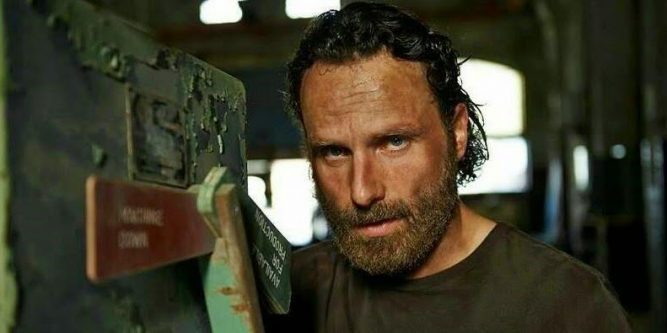

IPhone Xs Max, iPhone 11 Pro Max: 1242x2688 IPhone X, iPhone Xs, iPhone 11 Pro: 1125x2436

IPhone 6 plus, iPhone 6s plus, iPhone 7 plus, iPhone 8 plus: 1242x2208 IPhone 6, iPhone 6s, iPhone 7, iPhone 8: 750x1334 IPhone 5, iPhone 5s, iPhone 5c, iPhone SE: 640x1136 IPhone: iPhone 2G, iPhone 3G, iPhone 3GS: 320x480 Rodkin and Vanaman can also be heard on the wonderful Idle Thumbs podcast.MacBook Pro 13.3" Retina, MacBook Air 13" Retina, MacBook Air 13.3"(2020, M1): 2560x1600 Dual monitor: Track down the rest of the presentation on the GDC Vault when it becomes available. And it drove home for us what really mattered in The Walking Dead, which was the experience of spending time with the world and the characters until you knew them the way you would a real place and real people, and then putting those bonds to the test.” Rodkin: “Yeah, the more we broke the game down into choice after choice after choice, creating a sort of ever-shifting foundation of context to build on, the more players in playtests and even just the team started to feel untethered from the meaning of things, from what they were doing. Vanaman: “Yeah, we forgot about context and kind of became slaves to the question of 'Wouldn't it be neat if?'” Creating all of these events and feeling like you had all this power actually ended up robbing all of the events of their meaning.” We were selling out the reason that all these choices were important for just giving the player the ability to make more choices. And maybe in another game or another situation it would be incredibly cool, but in The Walking Dead it wasn't working. Rodkin: “It sounds maybe cool on paper until you say all of that out loud. Which of course, practically ended up boiling down to just 'Oh, we should actually just go back to that dairy.'” Then when you finally do get to the dairy, if you don't like it there, you could just take your whole camp back for a second hash-through of all your options. And then when the family from the dairy meets you, you could decide how much of your group's fuel store to put on the table to bargain with in exchange for food when you go to visit them in the dairy. So Lee has this axe which you can give to a few different characters, only some of them could come to your aid later on. But maybe if you made a completely unrelated choice later, Mark would be the one who was eaten instead. Rodkin: “So like, for instance, when you encounter these guys David and Travis in the woods, one of them would come back to you, and one of them would be left behind to become food for the cannibals later in the episode. Every big event had repercussions which rippled out into later in the episode.”Ĭontinuing, Rodkin provided an example of a plot structure they were considering for the game's second episode, but eventually discarded.

for a while we actually altered the design of the second episode of The Walking Dead so that the result of most every major plot beat in the first act was in the hands of the player at the expense of building context. Vanaman: “Something we learned the hard way.” It turns out that you can branch your narrative all you want, and that doesn't make your narrative any more meaningful if the act of actually making those choices have no meaning.” You can spend forever coming up with cool ways to branch a story and lose sight of what makes the choices that you're branching have resonance in the first place, which is the context that's built up before the choice is made-the reason that a player is actually making a choice.

I think with the idea of an interactive story it's really, really easy to get fixated on branching the narrative just for the sake of having more branches. Rodkin: “We had to learn in The Walking Dead that the setup leading up to a dramatic moment was going to be as important or maybe more important than the payoffs. Earlier in the presentation Rodkin and Vanaman explained how Telltale came to recognize that adding too many story branches was a potential pitfall.


 0 kommentar(er)
0 kommentar(er)
